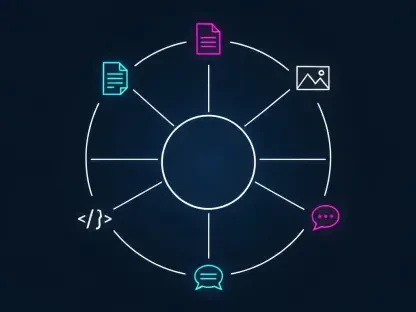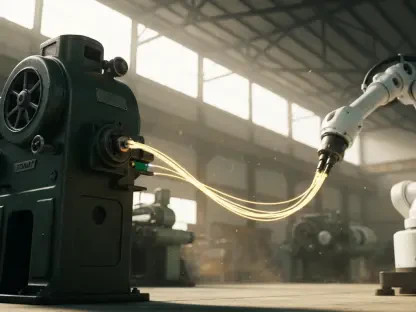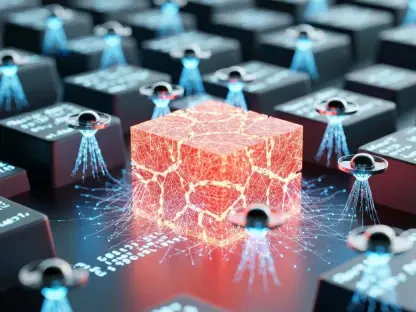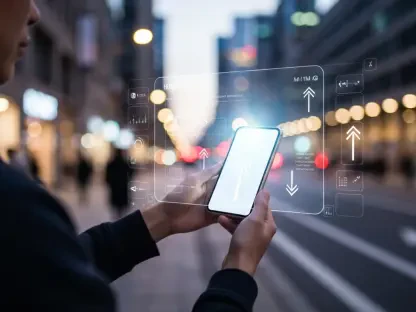In a world where assistive technology continually pushes the boundaries of innovation, the introduction of autonomous prosthetic hand control systems signifies a pivotal shift. These systems, which operate independently of traditional biological signals, offer amputees a more intuitive means to regain hand functionality. Innovated by researchers at the Memorial University of Newfoundland, this advancement provides an opportunity for a transformative impact on the lives of amputees by altering how prosthetic hands interface with their users.
A Leap Beyond Biological Signals
Traditionally, prosthetic hand control has relied heavily on myoelectric signals sourced from muscle movements. These devices, while innovative in their own right, often necessitate significant physical and mental effort from users. The shift ushered in by the autonomous system introduces machine learning algorithms into the domain, removing the dependency on conscious muscle movements and paving the way for a more seamless user experience. Impressive for its capacity to augment daily living, this technology redefines how prosthetics interact with their environment and users.
Key Components Unveiled
Autonomous prosthetic systems promise enhanced user experiences through machine learning and sensory input. The integration of AI broadens prosthetic capabilities, introducing a new paradigm where prosthetics can learn and adapt over time. By employing imitation learning, these devices gather data from limited visual demonstrations, leading to high success rates in object manipulation tasks. Consequently, the need for constant user input is significantly reduced, granting users freedom from the exhausting control requirements of older systems.
Central to this breakthrough are advanced sensors and camera systems. These components equip prosthetic hands with the capability to perceive and interpret their surroundings, allowing for autonomous interaction without user direction. The prosthetic-mounted cameras offer visual data, while the touch and motion sensors provide essential tactile feedback. Together, they mimic human sensation, facilitating the prosthetic’s autonomous adjustments and interactions within real-world contexts.
Shaping the Future of Prosthetics
Recent developments reveal promising trends, including increased autonomy in assistive technology, aligning closely with the growing desire for intuitive control across various fields. The researchers’ application of imitation learning reflects the potential for AI to make prosthetics more user-friendly. This trend suggests a future where machine learning helps prosthetics anticipate user needs and environmental contexts, further diminishing the cognitive load on the wearer.
Deployments across rehabilitation sectors and personal assistance highlight the real-world potential of these systems. With the ability to undertake complex tasks independently, autonomous prosthetics are proving invaluable in environments requiring precision and adaptability. Examples of their application reveal a shift in consumer behavior, as users increasingly prioritize functionality that aligns with natural human movement and task execution.
Overcoming Hurdles and Maximizing Impact
Challenges remain in transitioning these systems from research to widespread adoption. Technical barriers, regulatory considerations, and market dynamics pose considerable hurdles, yet ongoing advancements strive to overcome these obstacles. Continuous development aims to refine the adaptability of prosthetic hands for broader environmental conditions and intricate tasks. Addressing such limitations is crucial to expanding the technology’s utility and ensuring its acceptance within diverse user demographics.
As researchers look forward, employing user feedback to refine systems is essential. Comprehensive testing with actual users will yield insights vital for further enhancements, making prosthetic technology more accessible and versatile. The prospect of integrating this technology into other assistive devices, such as stroke recovery exoskeletons, showcases the expansive possibilities for autonomous control systems.
The path forward involves continuing innovation in AI-driven prosthetics, with an emphasis on further reducing user effort while increasing device intuitiveness. These advancements point toward a future where prosthetics not only emulate natural movements but also enhance the quality of life through improved functionality and ease of use. As AI continues evolving, its integration into prosthetic design holds the promise of profound impacts on the sector and its capacity to meet human needs effectively.









